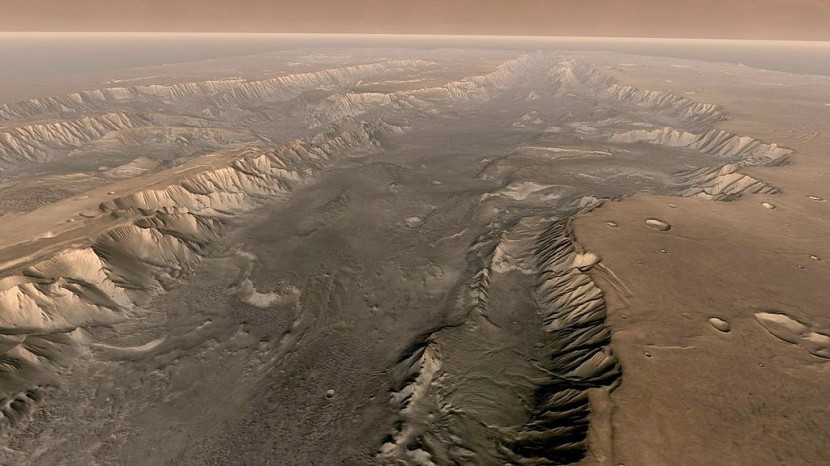
Scientists have discovered a hidden molten layer within Mars' interior by studying a meteorite impact that sent out seismic waves.
The robotic lander InSight, has been used to study the red planet's insides and has listened to enough marsquakes to develop a picture of the layer-cake nature of the planet's interior. While the crust and mantle were not anything strange, the core was found to be too large and not very dense for such a small planet.
Mars' Hidden Molten Layer
This caused some researchers to be skeptical that the core measurement was inaccurate. In a statement, a geophysicist at ETH Zurich in Switzerland, Amid Khan, said they may have missed out on something crucial to understanding the planet's interior.
Researchers re-evaluated InSight's seismic record in two studies published on Wednesday in the journal Nature. The two teams concluded that the red planet's core was much more similar to our planet's heavy metal heart than scientists have previously suspected, as per the New York Times.
The initial higher-size estimate was only a result of an undetected 90-to-125-mile-deep ocean of molten rock, which made the underlying core seem bigger than it was. However, the deep sea of magma, hidden below Mars' solid mantle and kept molten by radioactive elements, is exotic.
Khan said that the hidden molten layer does not exist on Earth and that its presence may require scientists to rethink the red planet's chaotic evolution. Scientists have spent more than a century studying our planet's geologic layers using the illuminating power of quake-made seismic waves.
InSight landed on Mars in November 2018 and was sent to the red planet to determine whether or not Mars' viscera were similar. However, studying Mars using only a single seismometer proved quite difficult for astronomers as InSight's instruments could only detect a few modest temblors.
Assistance from Meteorite Impact
However, the meteorite impact on the other side of the red planet from where NASA's spacecraft was sitting provided new clues about Mars' interior. According to Reuters, waves that are generated by quakes vary in speed and shape when traveling through different materials inside a planet.
The meteorite impact that assisted scientists in their study occurred in a Martian highland region known as Tempe Terra. The Sept. 18, 2021, incident triggered a magnitude 4.2 quake and left a crater that was roughly 425 feet wide.
Khan said that the importance of the far-side impact was to produce seismic waves that traveled through the deep interior of the red planet, including its core. They have previously been unable to observe any seismic waves that traveled that far into Mars' interior.
The new observation of the red planet's interior could massively change how scientists approach the evolution of rocky planets. It could even tell experts how Mars lost its magnetic field roughly 4 billion years ago. There is also the possibility that the core retained too much heat to maintain a magnetic dynamo, said ArsTechnica.
© 2025 HNGN, All rights reserved. Do not reproduce without permission.








